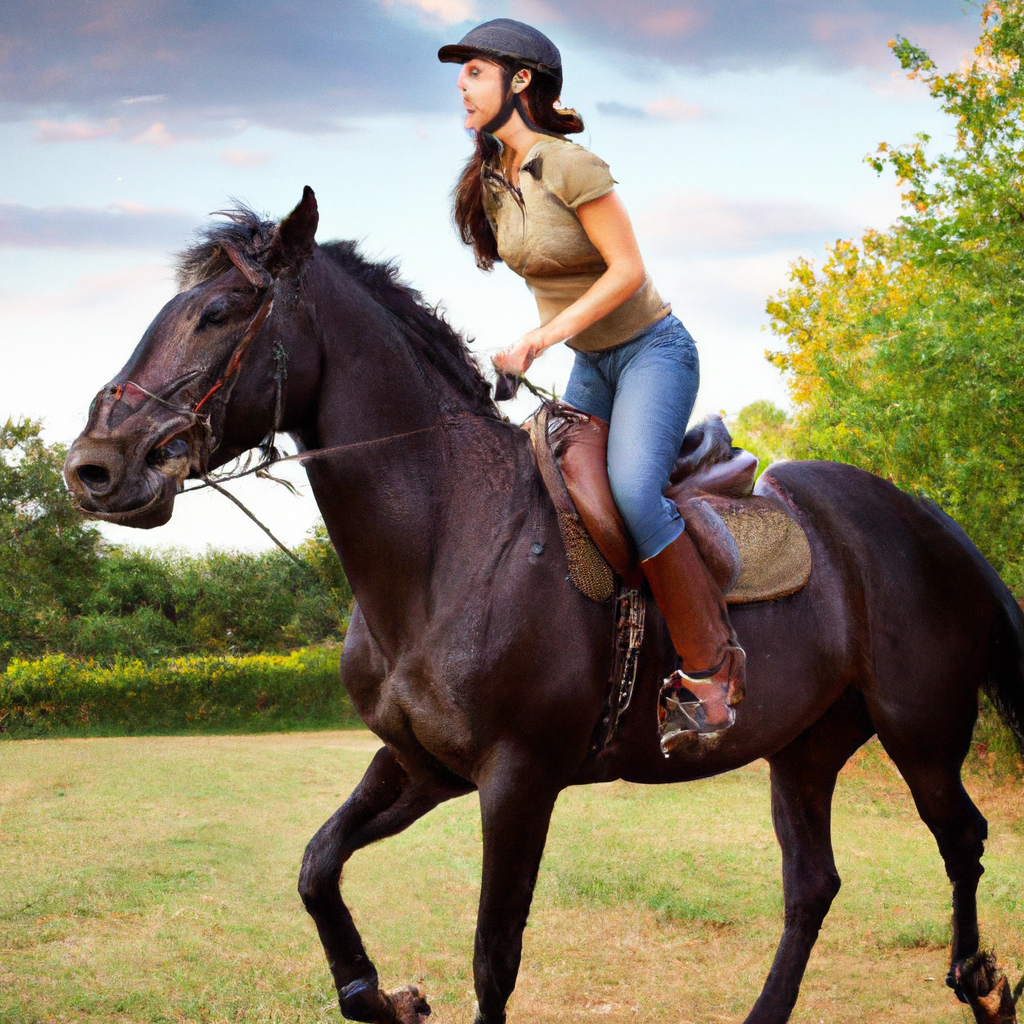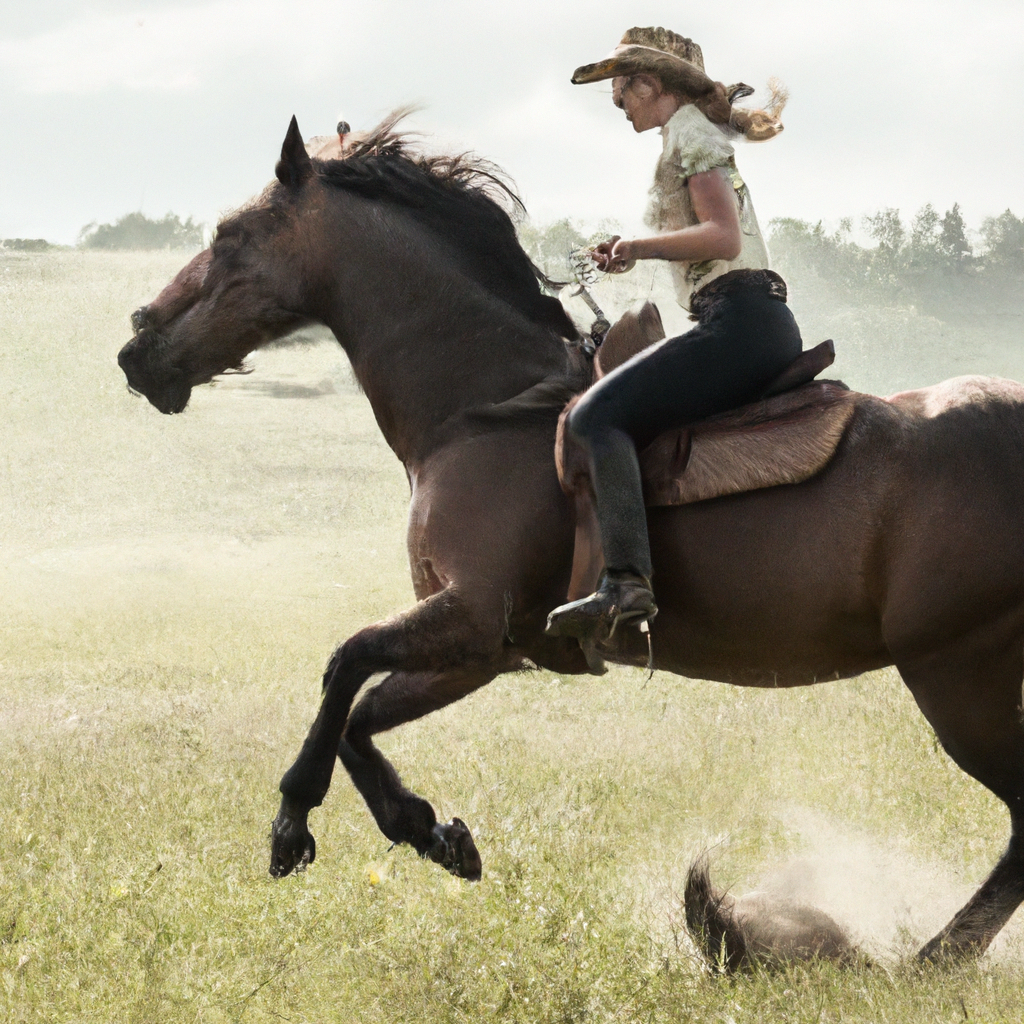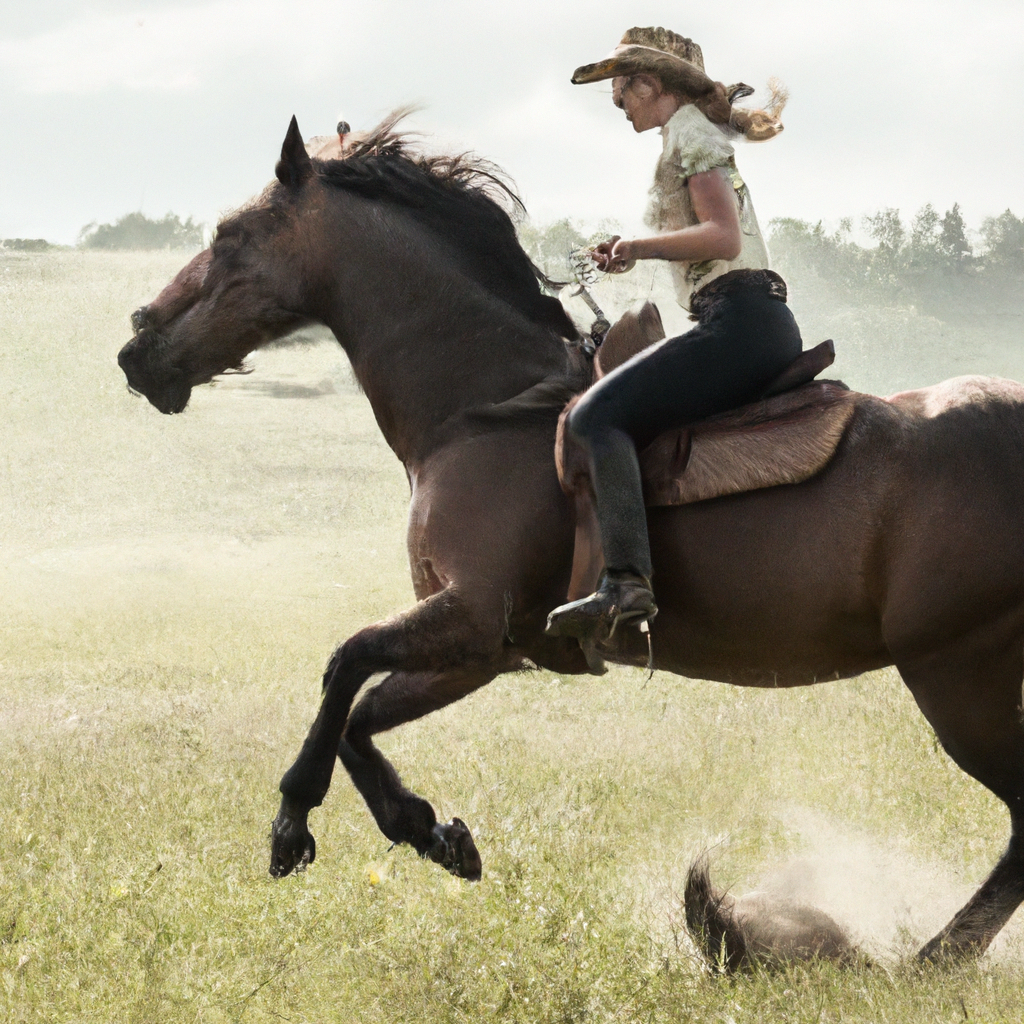Are you looking for a fun and exciting way to tone your muscles? Look no further than horseback riding! Not only is it a thrilling activity, but it also offers numerous benefits for improving muscle tone. Horseback riding requires the use of various muscle groups, including your core, legs, and back, which are constantly engaged as you balance and maintain control of the horse. Whether you’re a beginner or an experienced rider, this activity provides an excellent workout that can help you build strength, improve posture, and increase overall body coordination. So, saddle up and discover the many benefits horseback riding can bring to your muscle tone!
The Benefits of Horseback Riding for Muscle Tone
Horseback riding is not only a fun and exhilarating activity, but it also offers numerous physical benefits, particularly when it comes to improving muscle tone. Whether you are a seasoned equestrian or a beginner, horseback riding can help strengthen and tone various muscle groups in your body. Let’s explore some of the key ways that horseback riding can improve your muscle tone and overall physical fitness.

Improved Core Strength
One of the major benefits of horseback riding is its ability to improve core strength. Your core muscles, including your abdominal muscles and lower back muscles, play a crucial role in providing stability and balance. When you ride a horse, your core muscles are constantly engaged as you maintain your balance and posture in the saddle. This continuous engagement helps to strengthen and tone your core muscles over time, leading to improved stability and overall core strength.
Increased Leg and Hip Muscles
Horseback riding requires the use of your leg and hip muscles to maintain proper leg position and control the horse’s movements. As you ride, you engage muscles such as your quadriceps, hamstrings, and gluteus muscles. These muscles are responsible for propelling you forward, maintaining balance, and absorbing the impact of the horse’s movements. Regular horseback riding can lead to increased muscle tone in your legs and hips, resulting in stronger and more defined muscles.
Enhanced Arm and Shoulder Strength
While riding a horse, you have to hold onto the reins and guide the horse’s movements using your arms and shoulders. This constant use of your upper body muscles, including your biceps, triceps, and shoulder muscles, helps to strengthen and tone these muscle groups. By consistently engaging your arm and shoulder muscles during horseback riding, you can expect to see improved strength and definition in these areas.

Improved Balance and Stability
Maintaining balance while sitting on a moving horse requires a combination of core strength, leg strength, and overall body awareness. By consistently working on your balance and stability while horseback riding, you can improve your proprioception, which is your body’s ability to sense its position in space. This increase in balance and stability not only enhances your riding skills but also strengthens the muscles responsible for maintaining equilibrium, resulting in improved overall muscle tone.
Increased Back and Posture Strength
Riding a horse requires maintaining an upright posture and proper alignment of the spine. This constant focus on correct posture helps to strengthen the muscles in your back, particularly your lower back and upper back muscles. As you ride, these muscles are engaged to keep you balanced in the saddle and maintain a straight posture. Regular horseback riding can lead to improved back strength and enhanced posture, reducing the risk of back pain and promoting proper spinal alignment.
Strengthened Pelvic Muscles
Horseback riding also incorporates the use of your pelvic muscles, which are important for maintaining stability and controlling your seat while riding. The repetitive motion and engagement of your pelvic muscles during horseback riding can lead to increased strength and toning in this area. Strengthening your pelvic muscles can have several benefits, including improved bladder control and enhanced sexual function.
Toned Abdominal Muscles
Engaging your core muscles during horseback riding not only improves core strength but also helps to tone your abdominal muscles. As you ride, your abdominal muscles are constantly working to stabilize your body and maintain proper posture. These muscles are also involved in controlling your breathing and assisting in balance. Regular horseback riding can contribute to toned and strengthened abdominal muscles, resulting in a flatter and more defined midsection.
Strengthened Quadriceps and Hamstrings
Your quadriceps and hamstrings, located in the front and back of your thighs respectively, play a vital role in horseback riding. These muscle groups are responsible for providing power and control to your leg movements while riding. With each stride of the horse, your quadriceps and hamstrings are engaged as they work to absorb the impact and maintain balance. Consistent horseback riding can lead to strengthened quadriceps and hamstrings, resulting in improved muscle tone and performance.
Improved Calf Muscles
The repetitive motion of maintaining correct leg position and using your lower leg to communicate with the horse helps to strengthen and tone your calf muscles. Your calf muscles, specifically the gastrocnemius and soleus muscles, work to support your weight and provide stability while riding. The constant engagement of these muscles during horseback riding can lead to increased muscle tone and definition in your calves.
Increased Gluteus Muscles
Your gluteus muscles, also known as your glutes, are some of the largest and strongest muscles in your body. Horseback riding engages these muscles, particularly the gluteus maximus, as they play a significant role in maintaining balance and controlling the horse’s movements. By consistently working your gluteus muscles during horseback riding, you can expect to see improved muscle tone and definition in your buttocks.
In conclusion, horseback riding is an excellent activity for improving muscle tone and overall physical fitness. With its focus on core strength, leg and hip muscles, arm and shoulder strength, balance and stability, back and posture strength, pelvic muscles, abdominal muscles, quadriceps and hamstrings, calf muscles, and gluteus muscles, horseback riding offers a comprehensive workout for various muscle groups in your body. So, hop on a horse and experience the many benefits that horseback riding can provide for your muscle tone and overall well-being.
